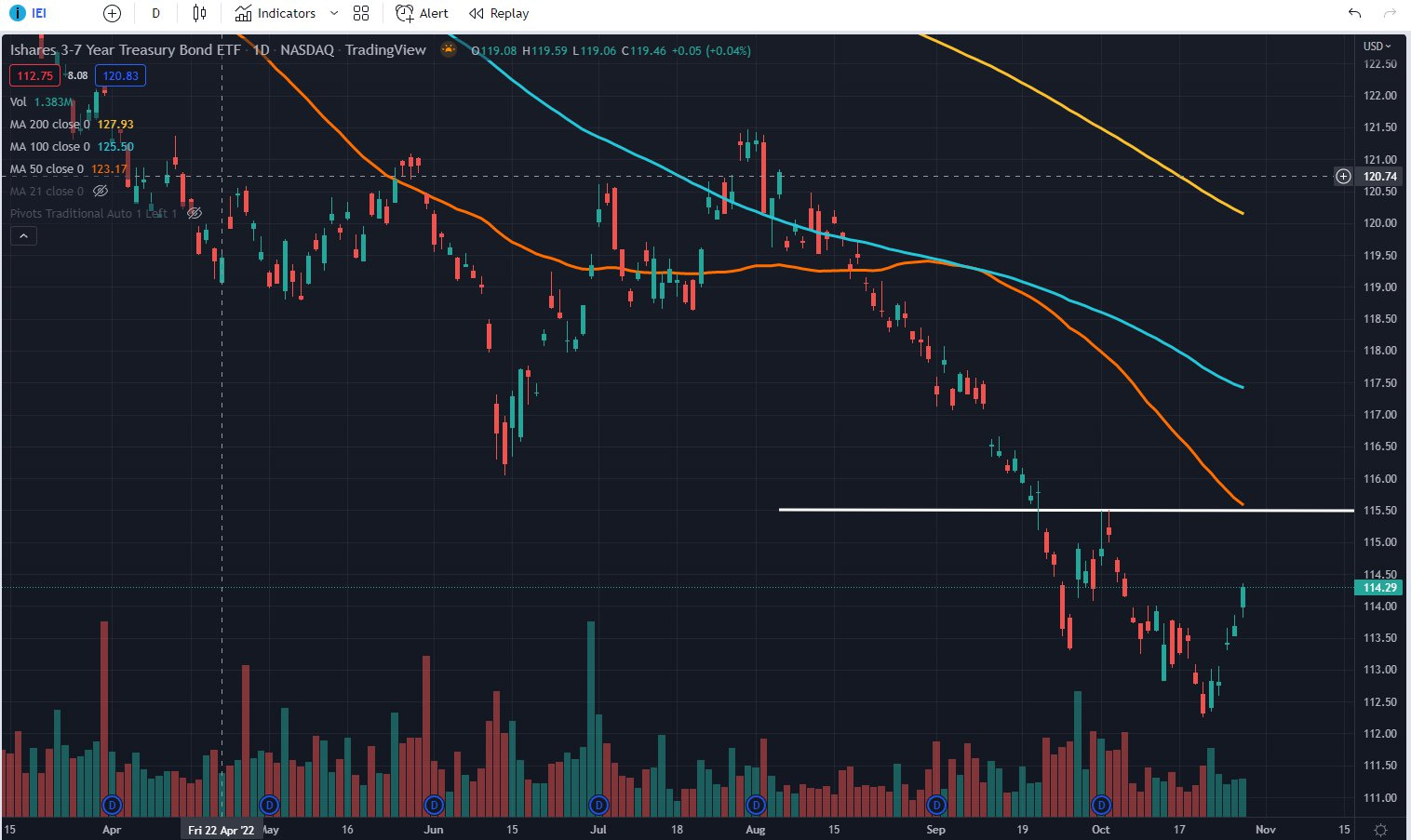From TINA to an abundance of opportunities
Does it make sense to invest in corporate bonds now?
Corporate bonds have the mantra of instruments which are reserved only for the big boys. They are not really targeted to the retail crowd and gaining access to them can be achieved only if you want it hard enough. Luckily, in the last few years retail brokers such as Interactive Brokers , Fidelity and Schwab are opening up access to Corporate bonds to retail investors. Almost anybody can trade them if they wish BUT the biggest issue in this investment universe remains the lack of easily accessible public information. You can always get yourself a Bloomberg terminal but somehow I don’t see how the $2400 per month would make sense for retail traders. The added value is simply not there.
We will try to jump in and fill in that void by showcasing you some of the best corporate bonds out there that are worth investing in.
Our main thesis at the moment is the ability get a yield north of 7% in an USD Investment Grade Bond rated BBB+ or above with maturity no later than 2027. This will yield significantly low drawdown should we see the hawkish stance of central banks return to the markets.
TOP PICK:
The current top pick is the newly issued HSBC 7.336% 2026 issue. Buying this issue will yield 7.336% per annum, it is A- rated by S&P (pretty high in the rating agencies scale) and it is a very short-term bond , only 4 year maturity. The short-end maturities are not volatile and generally present significantly less risk than long-end maturities.
MAJOR RISKS:
Fed Funds Rates going up more than the currently anticipated range of 4.5% - 5%.
HSBC not performing as well as peers which may lead to higher risk premiums, however this will not impact you if you hold until maturity.
BOOSTING yield:
If there is one positive thing about the sky high level of the MOVE index it must be the high Implied Volatility in all options premiums in Bond ETFs and Bond Futures. We can use this to our advantage and short premium to boost our yield and lower the potential drawdown of our bond holdings. The tricky part is in picking the right strikes and expiration dates. I will point out my personal selection process:
I pick up strikes that correspond with important technical levels. In the case of the HSBC 2026s bond we need to look at the price chart of the ZF_F contract or IEI ETF. In the case of IEI I will be looking to short calls with $115.50 strike where the 50d SMA and August’22 high converge. I am counting on the fact that this level will likely serve a short-term resistance.
2. I pick up the expiration dates based on what risk events I think can move the bond markets in the near future. In the current environment I am looking to first short calls with expiration on Tuesday (FED day, but will exit before the actual announcement) . ZF_F futures contracts have a Tuesday expiration. If the current premium goes to 0 I will roll and short another relatively short-term call. I prefer the short-term expirations as the theta burn in the days just before expiration is most significant. In the case of ZF_F I would pick the 108.25 strike.
3. When picking short-term expirations try to pick the ones that include a weekend. For instance the Tuesday expiration includes a weekend where the theta burn works in our favor. Additionally, I don’t think volatility in bonds will pick up before the FED meeting and conference is over, therefore the theta burn should work its magic over the weekend and work in your favor.
When it comes to shorting call premium to enhance yield and reduce drawdowns you should keep in mind that even if the price of IEF/ ZF_F moves up your bond holdings will also move up as the higher IG rated corporate bonds have higher correlation to their benchmark treasuries. You are de facto doing a covered call strategy.
CONCLUSION:
I believe we are entering an environment where all Central Banks will switch to a ‘pause’ mode to evaluate the consequences of their aggressive hiking policy. This will, in effect, put a short-term top in bond yields until more data comes in. That view shifts my focus to bonds that are good yielders and present a low risk credit profile. I think the current environment is well suitable for short-term corporate debt to have less volatility and allow investors to generate a very satisfactory yield.
My proposal to boost yield should be attractive for traders/investors more actively involved in the day to day management of their portfolios as the short options positions require active management should the strikes be reached. Therefore this is not something I recommend for people not familiar with options trading or actively involved in the management of their portfolio. This is suitable for professionals.







